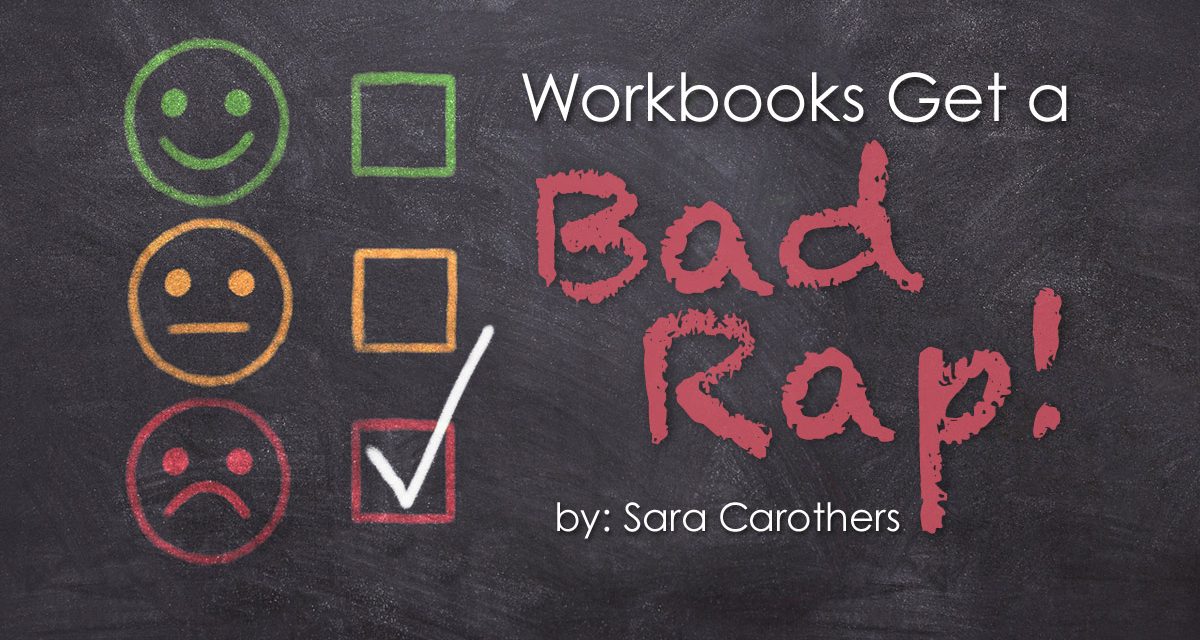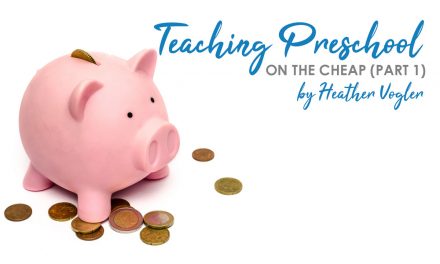If I hear someone say they hate workbooks one more time…
Stop! You are looking at workbooks all wrong! They can play a crucial role in learning. When you are teaching a concept, or when an older student is working independently, there are a few steps involved. A workbook can play a crucial role in the process. Let’s see just where they fit in best:
- Introduce a new concept. This could be a chapter in a text, a unit study you are embarking on, or the next level of a program, for example.
- Connect new information to prior knowledge. The more connections made to existing knowledge, the better the new information will stick.
- Give your student the opportunity to do something with the new concept. They need to handle it in some way to become familiar. Workbooks allow students to process and apply ideas in varying ways.
- Practice the new concept. Workbooks provide practice. Practice builds proficiency. Proficiency builds ability. Workbooks are not punishment; they are practice. Think of batting practice for baseball players. Players swing a bat about 400 times before that movement becomes part of their muscle memory. In a ball game there is not time to stop, think, assess, and swing. Players’ skills must be automatic to play in the game. Practice makes a skill automatic.
Academically speaking, you also want certain skills to be automatic so you are not slowed down by them later on. Grammar, vocabulary and spelling are good examples of skills that can be practiced for the “big game” (such as writing an essay). Workbooks provide practice needed for automaticity.
- Assess their knowledge of the new concept.
Another helpful way to use a workbook is as a grade-level check list. If you are a fan of unit studies, for example, you could use a 3rd grade language arts workbook as a checklist. Think of it as a what-my-child-should-know-at-this-age reference tool. Read the table of contents. If you have covered a skill in your unit lessons, then cross it off the list. If there is something you haven’t touched on, the list can inspire you to approach that topic. Workbooks are inexpensive and can help keep you on track for standardized testing while still teaching in the style you want.
Are workbooks really busywork? What is busywork? Besides being a word that strikes dread into homeschool children, it’s simply practicing skills that are already mastered. If your child knows the times tables up to 12, and can use them as needed, making them do drill sheets again becomes busywork. However, practicing multiplication skills prior to mastery is called learning. See the difference? Practice moves you forward. Busywork does not.
I would never ask a student to do workbooks all day long. If that’s what you are observing, then make a change or your kiddo will burn out. Also, avoid using workbooks as punishment. You definitely do not want that association.
Workbooks are simply one more tool in your teaching toolbox. They are not the enemy. If anything, they make for independent practice which helps you out! Try looking at workbooks as your little friends. Use them judicially and purposefully, and show a little appreciation for what they add to your day!
~ Sara





